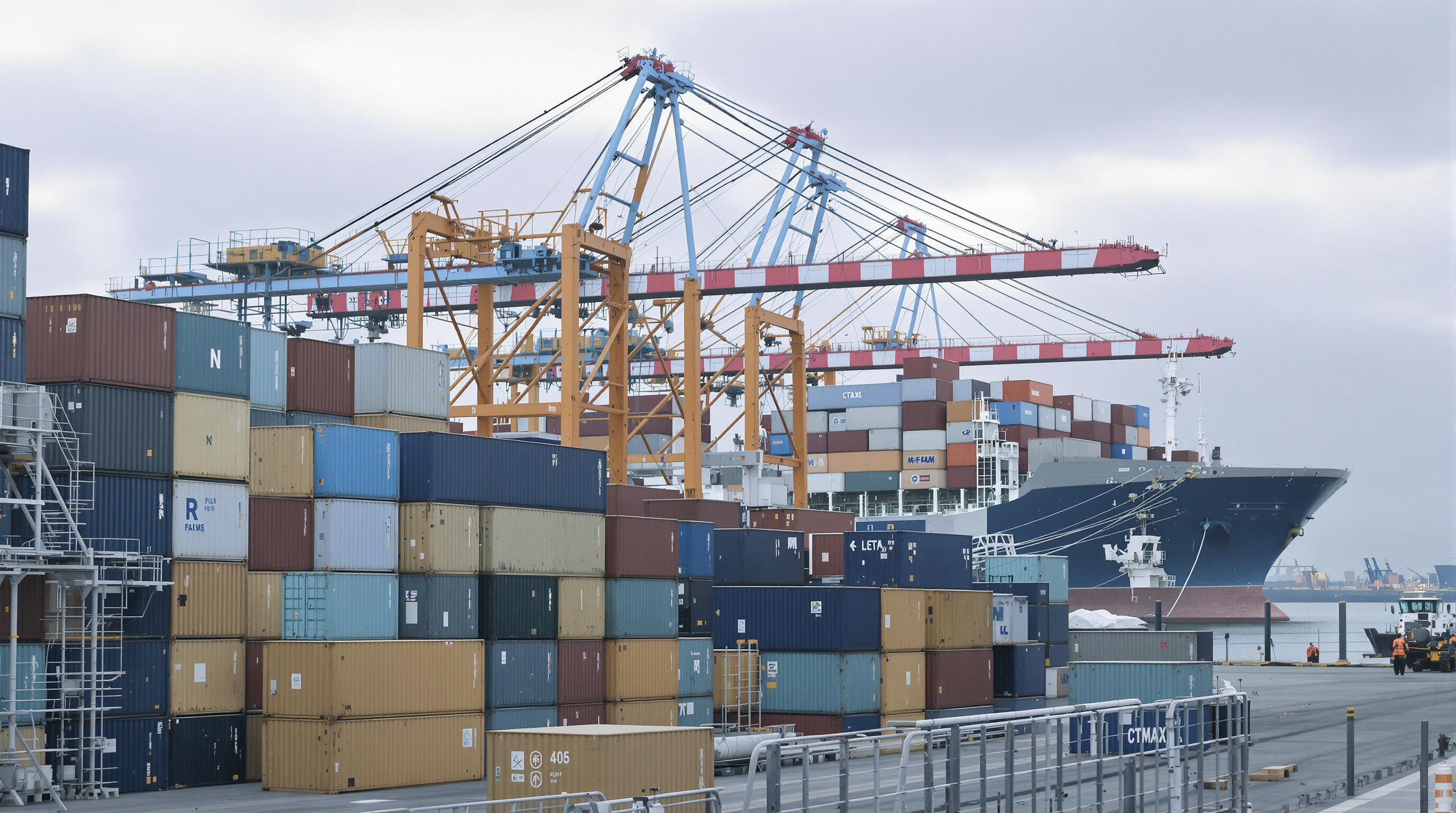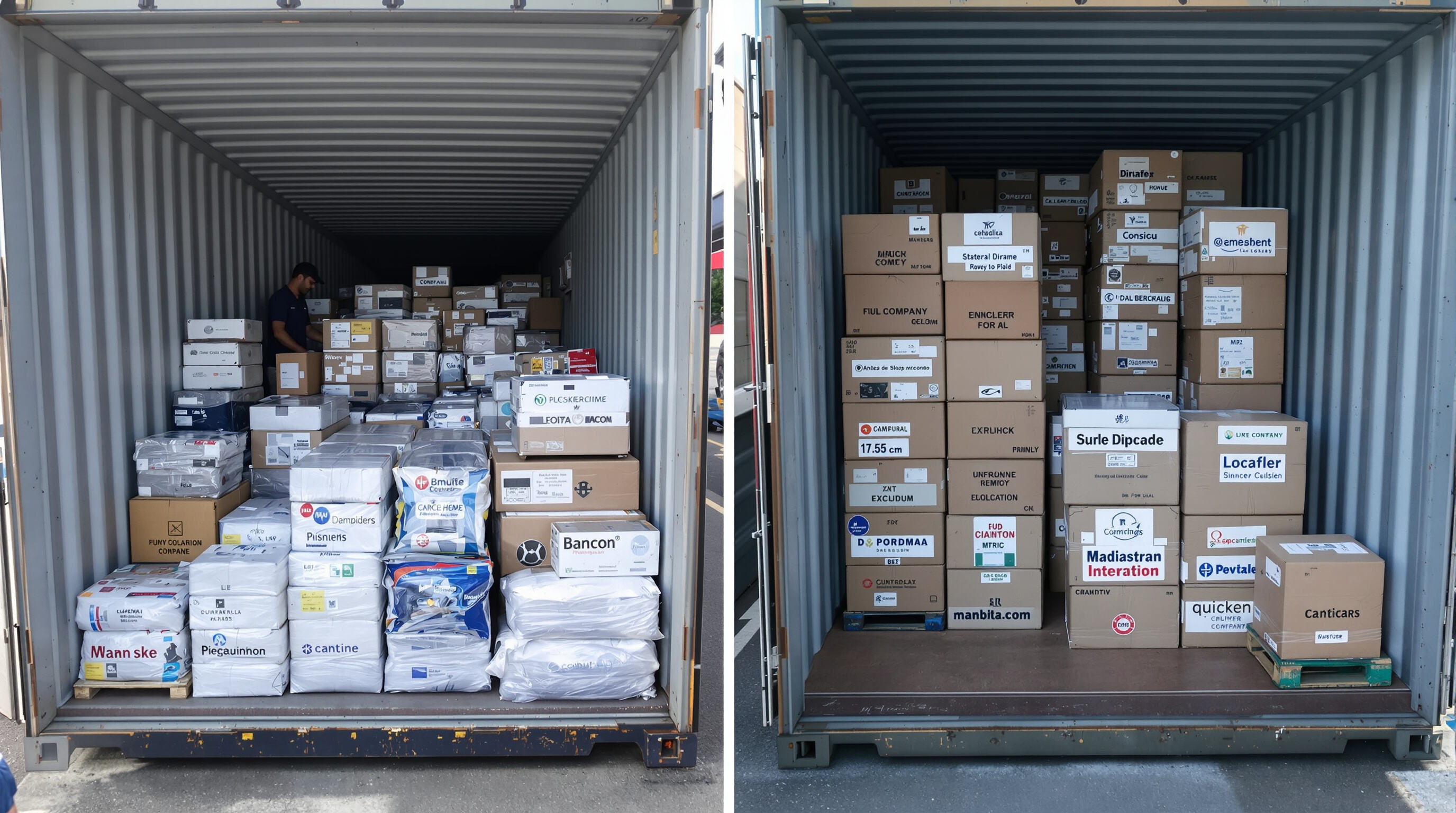Shipping goods overseas can be a complex and costly process, especially when it comes to ocean freight. Businesses of all sizes rely on freight forwarders to simplify the logistics and ensure timely delivery. However, understanding how pricing works and what fees to expect is an important step for managing your budget and steering clear of unexpected fees. In this article, we will explore the various components of ocean freight pricing and fees, helping you make the best choices when working with a freight forwarding company like ORIENT GLOBAL FREIGHT FORWARDING Co., Ltd.
An ocean freight forwarder acts as an intermediary between a shipper and various transportation services, including shipping lines, trucking companies, and customs agents. They organize shipments, manage documentation, and provide guidance on regulations and tariffs.
Freight forwarders are responsible for:
By outsourcing these tasks, businesses can focus on their core operations while ensuring their goods reach the destination safely and on time.

Ocean freight costs are influenced by several key factors. Understanding these factors helps shippers anticipate expenses and choose the best shipping solutions.
Shipping charges are typically calculated based on the volume (cubic meters) or weight (kilograms) of the cargo. For large shipments, freight forwarders often offer container-based pricing, while smaller shipments may be consolidated with other goods.
The distance between the origin and destination ports has a major impact on the cost. Longer routes consume more fuel and require more time, which is reflected in the freight rates.
Ocean freight rates fluctuate based on market conditions. During peak seasons, such as the months leading up to major holidays, demand for shipping increases, often resulting in higher rates.
Certain types of cargo require special handling, which affects pricing:
Beyond the base shipping rate, ocean freight forwarders often include additional fees. Understanding these charges helps prevent surprises in your invoices.
These fees are applied at the point of departure and may include:
Destination fees are incurred at the arrival port and typically include:
Surcharges are additional fees applied under specific circumstances:
Freight forwarders offer optional services that can add value but also cost:
With many forwarders in the market, comparing quotes can be challenging. Here are key tips to make accurate comparisons:
Some quotes appear low initially but exclude additional fees. Always confirm what is included:
A lower price may mean slower shipping or less reliable service. Factor in:
Hidden costs can really drive up the total shipping cost:
Working with a reputable forwarder like ORIENT GLOBAL FREIGHT FORWARDING Co., Ltd. ensures transparency and professional guidance. Experienced forwarders help navigate complex shipping rules and optimize costs.
Reducing shipping expenses requires planning and strategy. Consider these approaches:
Maximizing container space reduces the cost per unit. Consolidate smaller shipments whenever possible to benefit from LCL rates.
Booking shipments in advance can secure better rates and avoid last-minute surcharges.
Select FCL or LCL based on shipment size and urgency. FCL is often cheaper for larger shipments, while LCL suits smaller loads.
Freight forwarders often have flexibility in pricing. Establishing a long-term partnership can result in better rates and preferential treatment.
Understanding ocean freight pricing and fees is essential for businesses engaged in international trade. From shipment volume and cargo type to origin, destination, and surcharges, every factor affects the total cost. By working with a reliable freight forwarder like ORIENT GLOBAL FREIGHT FORWARDING Co., Ltd., companies can simplify logistics, manage costs effectively, and ensure timely delivery of goods.
Careful planning, transparent communication, and strategic decision-making can go a long way in reducing shipping expenses and avoiding unexpected fees, making your international shipping experience smoother and more predictable.

 Hot News
Hot News2024-11-15
2024-11-11
2024-11-06
2024-10-31
2024-10-28
2024-10-25